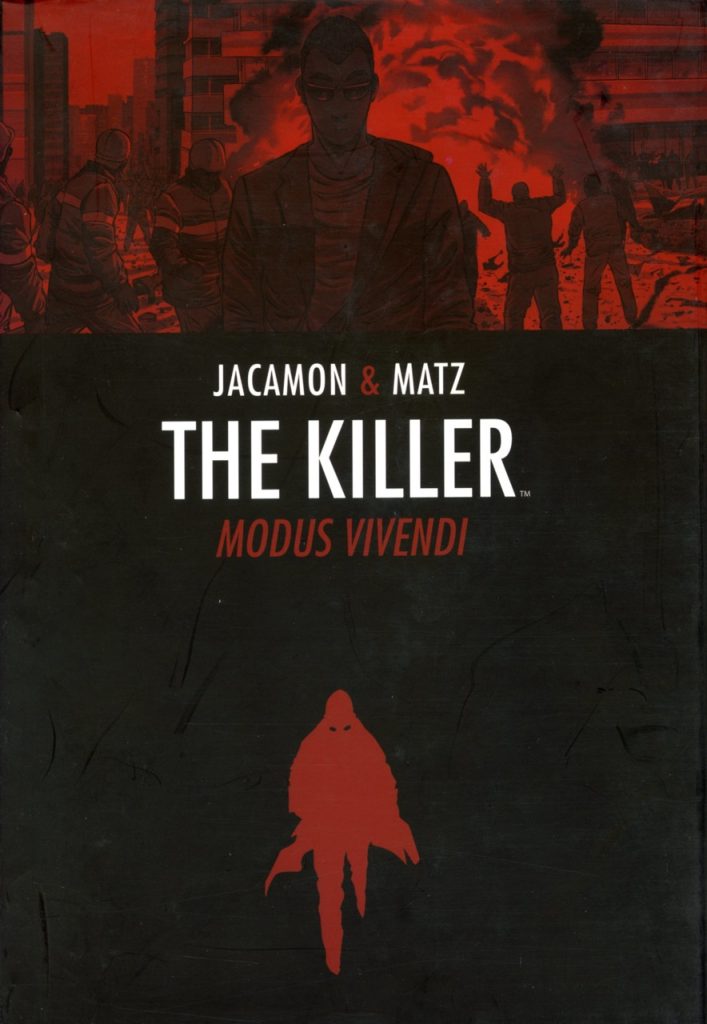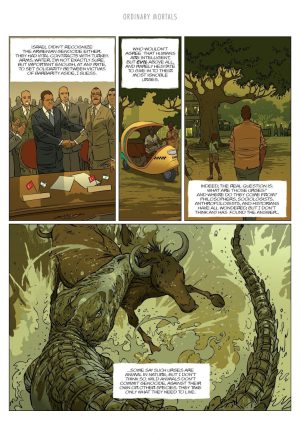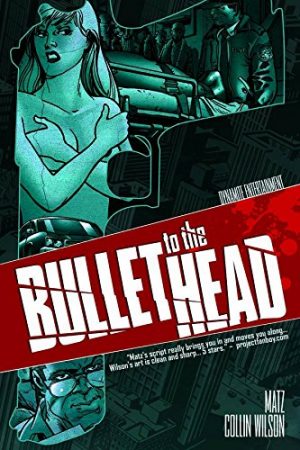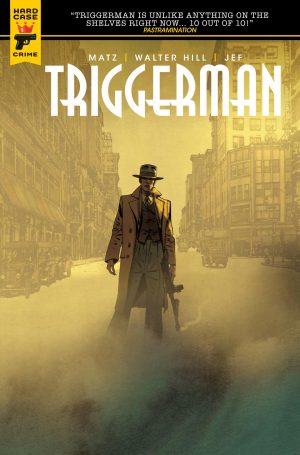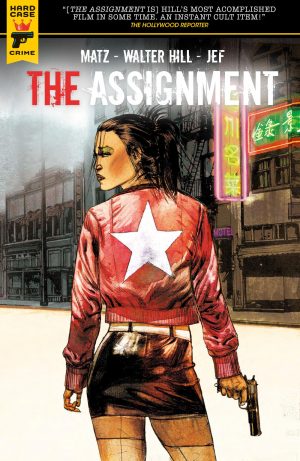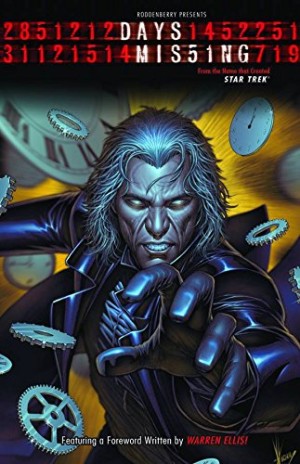Review by Frank Plowright
Four years after seemingly bringing the Killer’s career to an end by having him retire, writer Matz (Alexis Nolent) and artist Luc Jacamon began collaborating again. Why is he back from the happy life that closed Vol. 2? Well the title story may be the shortest of the three included, but it translates from the Latin as “Way of Life”, and that’s as good an explanation as any.
In previous stories the Killer has explained his cold principles at length, and this collection opens with him breaking one and swithering about breaking another. It’s a case of slightly turning the tables on Matz’s part, and there’s a clever method of ensuring suspense, at least for anyone whose arrived here from the previous books. While this volume can be picked up and enjoyed without reference to earlier stories, the glances at a family photograph has a resonance that will be missed by new readers.
As before, the three stories stand well enough alone, but threads carry on through all three. It’s been established that Venezuela is the Killer’s home of choice, and the real world political attitudes to the country in 2007 run throughout Modus Vivendi. ‘Ordinary Mortals’ takes place in Cuba, and Matz uses the political situation there to point out some of the hypocrisies of the Western world, and how political expedience trumps justice. It ties into a theme of the Killer being allocated targets designed to bring about political destabilisation, but the lecture’s length eventually becomes hectoring. The theme differentiates these stories from the earlier work, ensuring the series doesn’t just repeat itself, but also demands more of the reader as Matz displays his global political knowledge.
Jacamon’s art is as polished as it’s been over the previous two volumes. Most of the action takes place in Latin America and he brings assorted places to vivid life, most prominently Havana, while also keeping the Killer unknowable behind his distinctive shades. Meaningfully, though, he occasionally frames a panel to permit a glimpse at the eyes behind the lenses. Each volume includes moments of artistic experimentation, and Jacamon’s technique of digitally fracturing the art when a rush of action kicks in isn’t one of the more appealing.
A second connecting thread between these stories is the Killer’s own life being endangered. He suspects who’s ultimately behind the assassinations he’s being paid to commit, but his isn’t a career where knocking such people back is an option. He’s strangely uncomfortable, which isn’t the ice cold killer we’re used to, and a bombshell leads into ‘The Natural Order of Things’. Matz doesn’t immediately pick up on this, but it’s eventually revealed as complicating an already complex situation even further.
While still entertaining, the massive injection of real politics has upset a delicate balance. Instead of being the story of an amoral killer explaining his philosophies while going about his business, he’s now a man hunted as well as hunting, but because Matz and Jacamon have previously done their job so well, there’s tension, but not accompanied by any great sympathy. An abrupt ending leads into Vol. 4: Unfair Competition, with which this is combined as the second Killer Omnibus, and they’re also found with other content in the first volume of The Complete The Killer.
